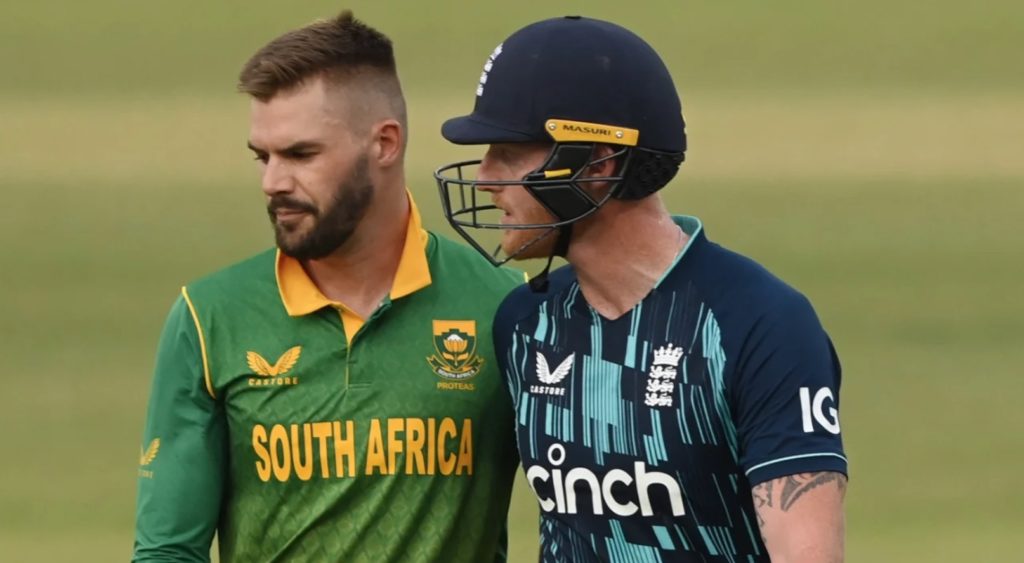Ben Stokes retired from ODI cricket in order to prolong his career. More superstars are likely to follow in the coming months and years. The format is on life support and its end is near, writes RYAN VREDE.
Stokes walked away having determined that ODI cricket had to go to free up his schedule. That schedule had England playing 44 ODI matches between the start of June 2023 and April 2027, in the draft Future Tours Programme (FTP). This in addition to 42 Tests and 52 T20Is.
When Stokes announced his retirement, he was 104 ODIs deep. Speaking ahead of Tuesday’s ODI against South Africa, he looked like even one more was too much.
“You want the best players to be playing as much as you possibly can, all the time,” he told BBC Radio‘s ‘Test Match Special’.
“It isn’t just me or us, you see it all around the world now where teams are having to rest some players in a certain series so they feel like they are getting a break.
“We are not cars, you can’t just fill us up and we’ll go out there and be ready to be fuelled up again.”
Many players have voiced similar concerns, citing the unforgiving schedule as being central to physical and mental wellbeing challenges.
Indeed, South Africa have consistently rested their elite players, with ODI cricket being the preferred format to do so in. Kagiso Rabada, who is missing the entire ODI series against England, has spoken candidly about how his form in Test and T20 cricket has benefited from this approach.
When T20 cricket found its stride, many feared Test cricket would gradually fade as a feature of the sport. Instead, players have, in word and deed, consistently reinforced their love for and commitment to playing Test cricket.
Stokes could have made his life so much easier by only playing white-ball cricket, as could any of the clutch of players who’ve opted for the Test/T20 combination. Instead, they shunned ODI cricket, and that speaks to how the format is viewed among the game’s elite talent.
Further evidence of its waning standing can be seen in the FTP draft, which gives primacy to domestic and international T20 matches, followed by Test cricket.
Notably, cricket’s voiceless have been handed a ton of ODI cricket, with Bangladesh scheduled to play 59. Only Sri Lanka (58) is above the 50 mark in the format. The West Indies will play 49 ODI matches under the current draft, which will be finalised on 25 July.
All of this while the game’s elites have been allowed to shape their schedules. Unsurprisingly, they’ve loaded theirs with the shortest and longest forms of the game.
Furthermore, ODI cricket is simply not the spectacle it once was. I suspect this has something to do with our ever-shortening attention spans. Somehow it feels like too much of a time investment. One has been conditioned for the slow grind of Test matches, and the bang-bang-boom that defines T20s. But ODI cricket has become a strange and relatively uninteresting hybrid.
As a result, the game’s elite has dedicated increasingly less marketing spend on promoting the format. The Proteas’ series against England came without any notable hype from SuperSport. It feels, to me, like something to be endured before the T20I and Test series commence.
I struggle to see how the ICC polishes a product that has lost its shine. Law amendments can only do so much for the format as a spectacle. And as more lucrative domestic T20 tournaments establish themselves (there’ll be two new ones in 2023, in South Africa and UAE) – more of the world’s top players will opt for involvement there, at the expense of ODI cricket.
It feels like ODI cricket is dying a slow but very public death. And I don’t see any intervention that saves it.







